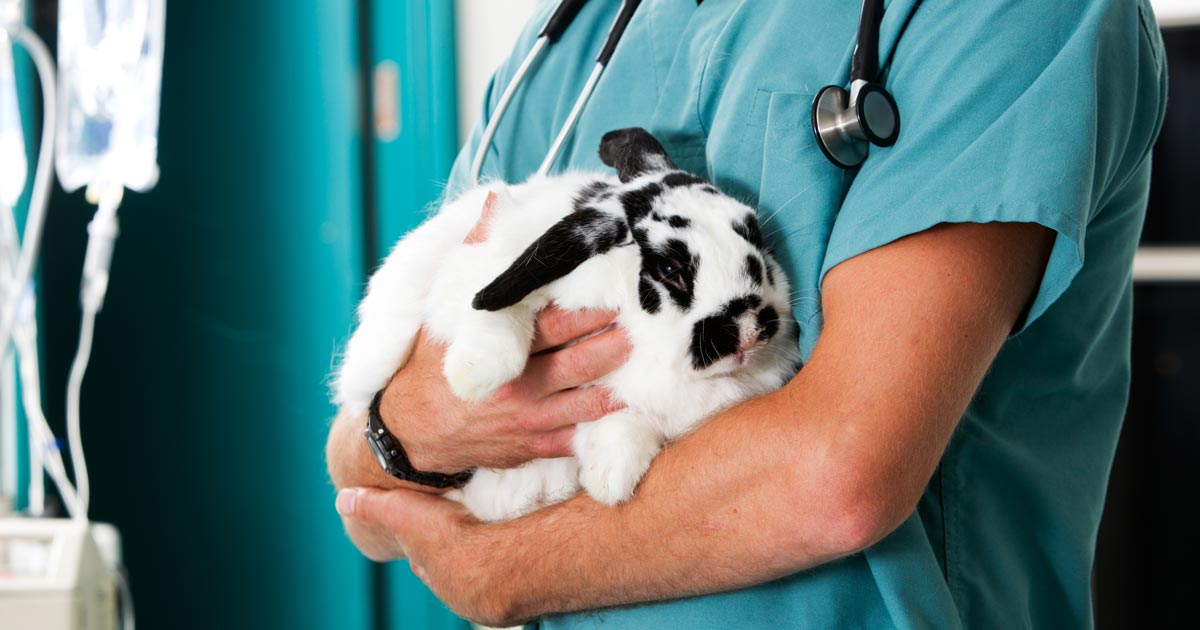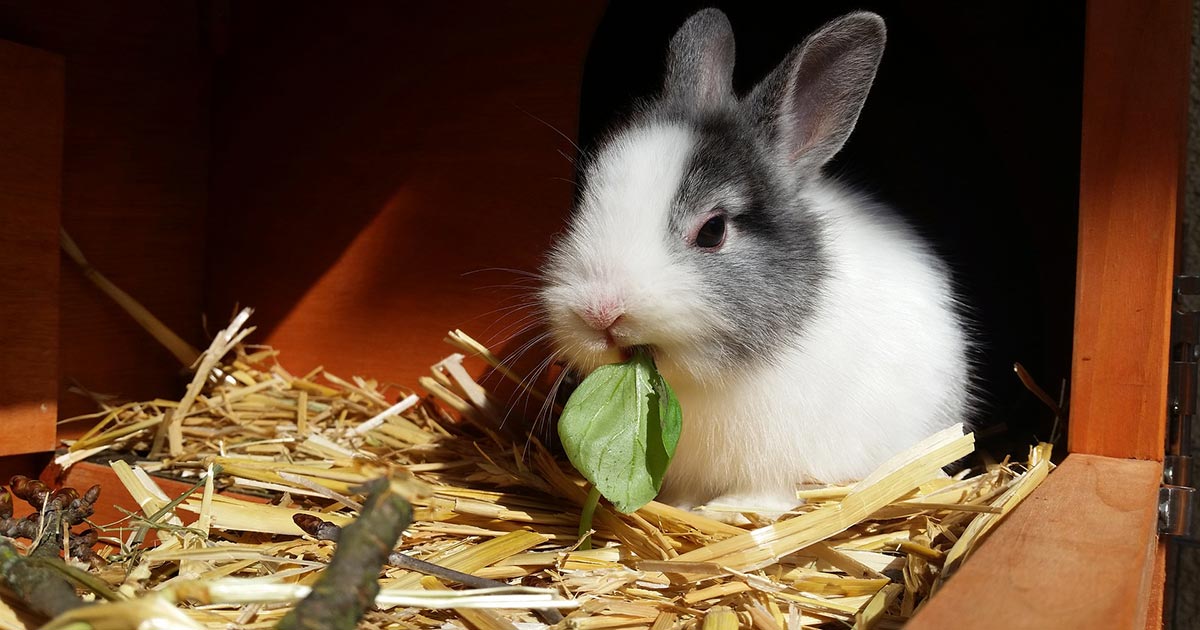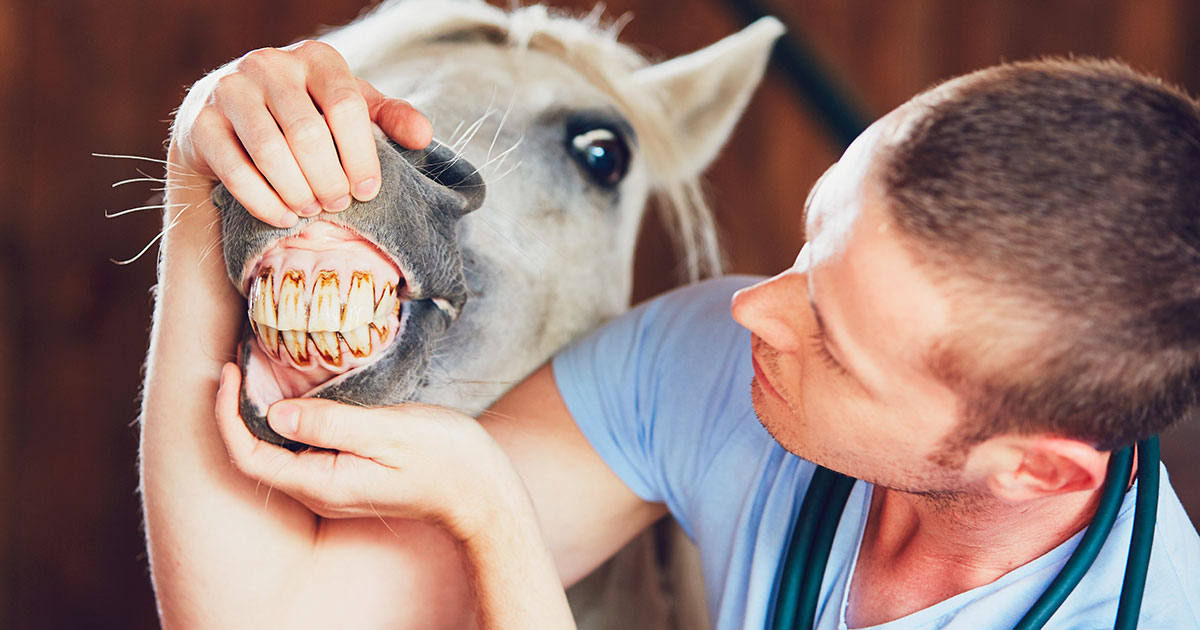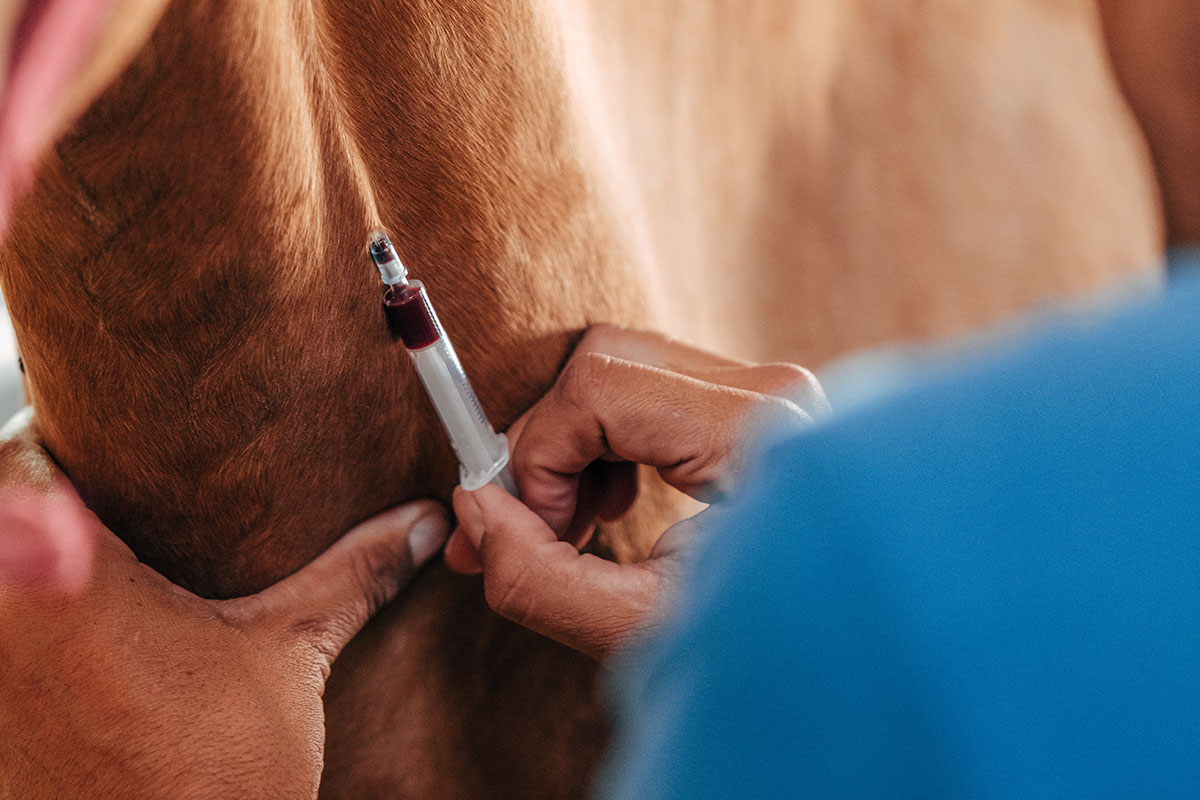Finishing vet school feels like the end of a race I’ve been running for more than a decade. I don’t remember when exactly I started running it, or if there was ever even a conscious starting point, but it’s incredibly surreal to get to the end of such a long journey – and I’m still suffering with a heavy dose of denial.
When will it feel real? When I don my cap and gown? When I first sign my name as “Dr”? Or when I walk in for my first day at work?
The past few months have been both a whirlwind and an anticlimax all at once. There is nothing like stepping out of those final exams, feeling like the gazelles and giraffes blinking at the rising sun in the first scene in The Lion King – except far less magnificent and far more bedraggled because we truly had forgotten what sunlight was.
Time to go
Packing up my last ever student digs was also an emotional experience that felt more akin to dismantling an entire chapter of my life than simply packing boxes.
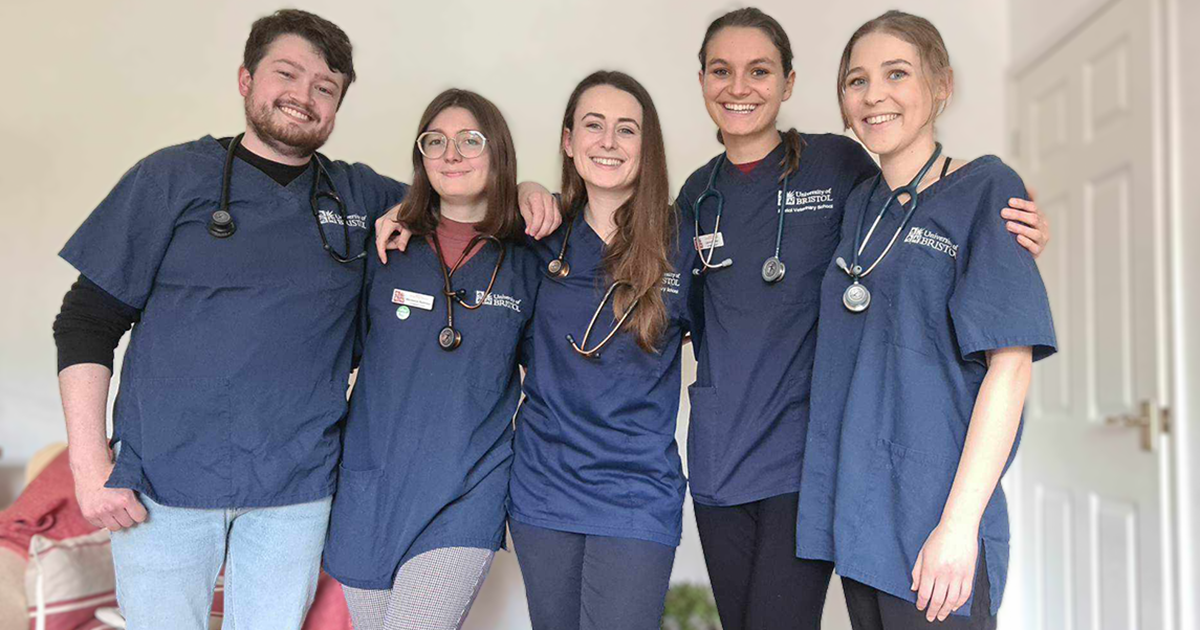
I remembered standing in my bedroom two years earlier thinking how weird it would be to leave this house one day a real, qualified vet. I’d like to go back to past me and let her know she was wrong – it is so, SO much weirder!
When one door closes…
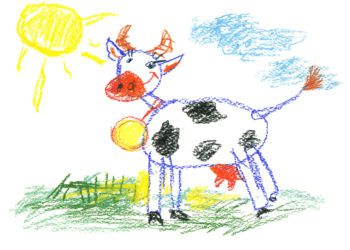
It’s hard to be sad, however, when the end of university life opens far more doors than it closes.
If I’m honest, I’ve always felt quietly smug for knowing what I wanted to do with my life since I could draw my first rudimentary cow. Up until this point I’ve been guided down a predetermined path of hurdles in order to achieve a particular goal. Now, rather abruptly, there’s nobody telling me where to go or what to do with my time.
Where do I work? Where do I live? Do I specialise, or just get my feet on firm ground first? It seems very strange to me that a decision I made so early in life has since dictated every decision I have ever made up to this point, and I’m only now gaining true autonomy in my mid-20s.
Brand new me
Looking back, I’m a very different person to who I was six years ago (and yes, I did go out of my way to make the course unnecessarily long), but there are about as many things I’m grateful for in that time:
My peers
Not that I should really call them that because, after vet school, they’re more like my comrades-in-arms.
There are a couple of friends in particular who got me through this intense roller coaster of a course, and from late night study sessions to a constant supply of baked goods, I will be eternally grateful to them for keeping me sane (as much as was possible).
READ: You’ve got a friend in me
Family
I know how grateful I’ve been to have a place to go for home cooked Sunday dinners; comfort on the other end of the telephone at all hours of the day or night.
- Mum: thank you for the monthly post cards.
- Dad: thank you for the six-hour round trips to bring me home for those aforementioned Sunday dinners.
READ: Thank you for everything so far
Interns and residents
Obviously, it goes without saying that I’m immensely grateful to all of the university staff for the work they do, but some amazing interns and residents at Langford got me through this last year of rotations. They represent a bridge between where you’ll soon be and the “god tier” level of an attending that seems completely unobtainable – which does wonders for the ol’ impostor syndrome.
Quizlet
Praise be. (Need I say more?)
My poor cat
For putting up with the constant, uninvited clinical exams.
Me
Or, at least, the younger version of myself who didn’t get too scared to put her running shoes on: we did it!


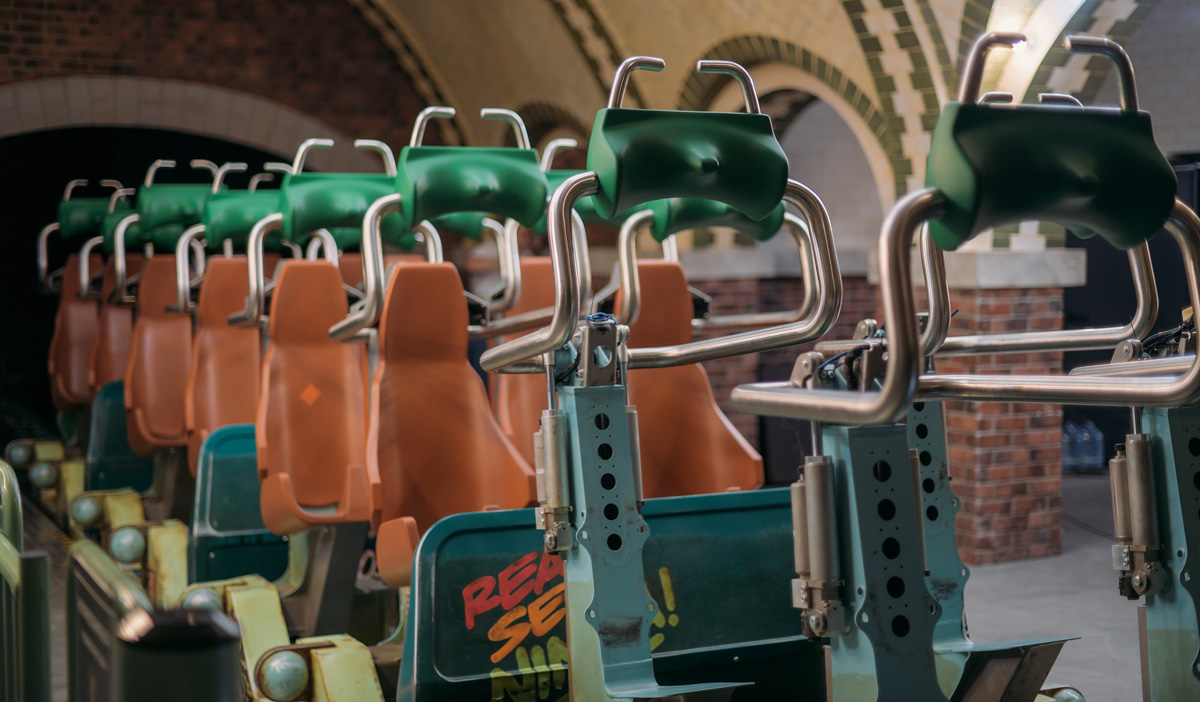

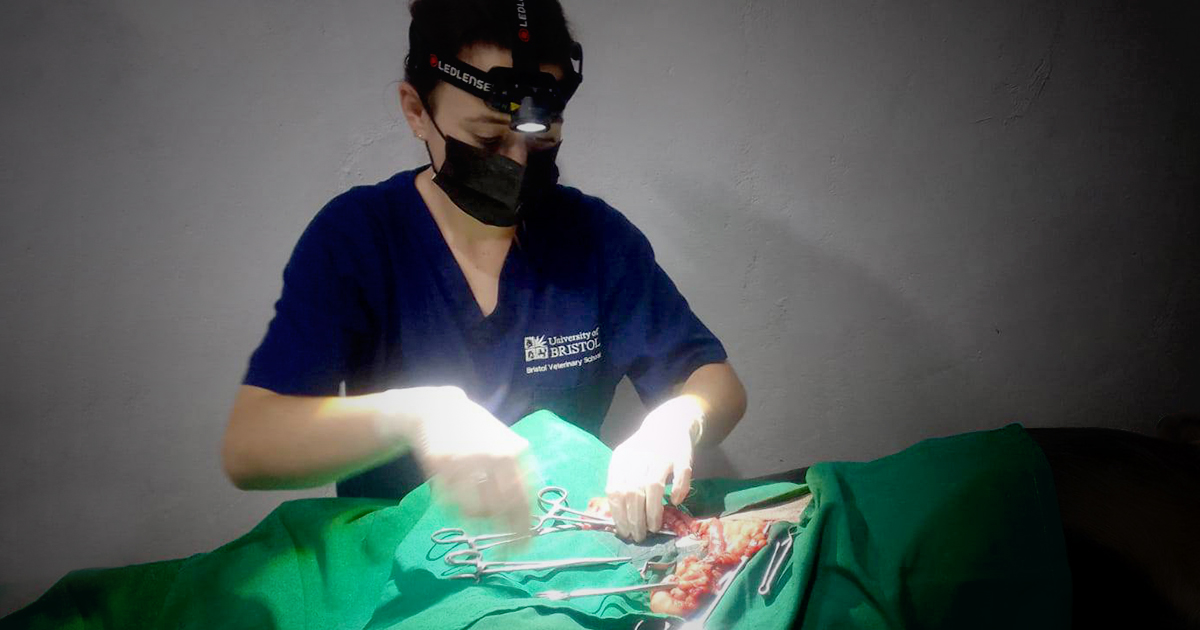
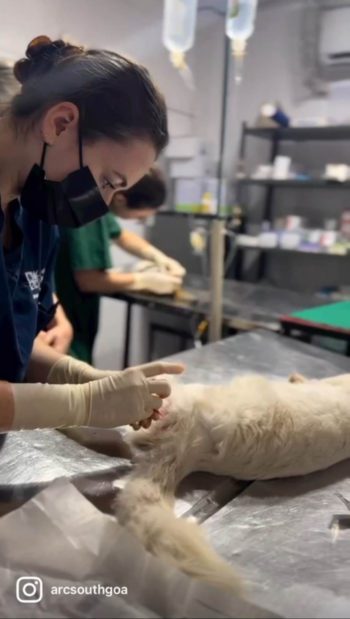
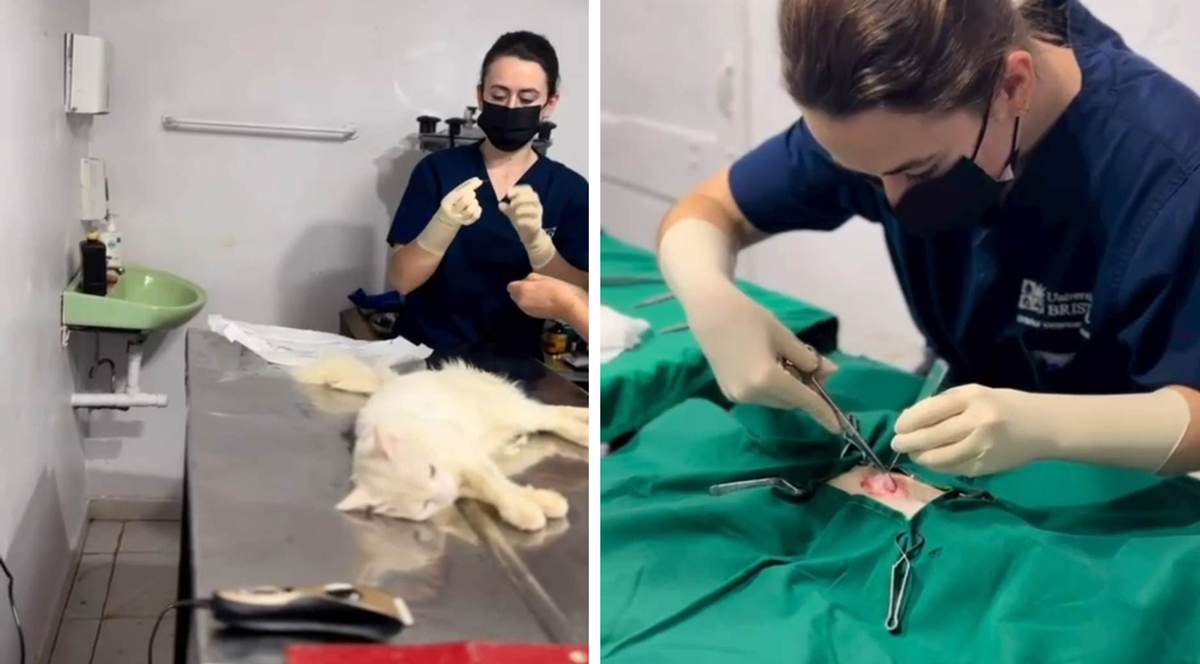
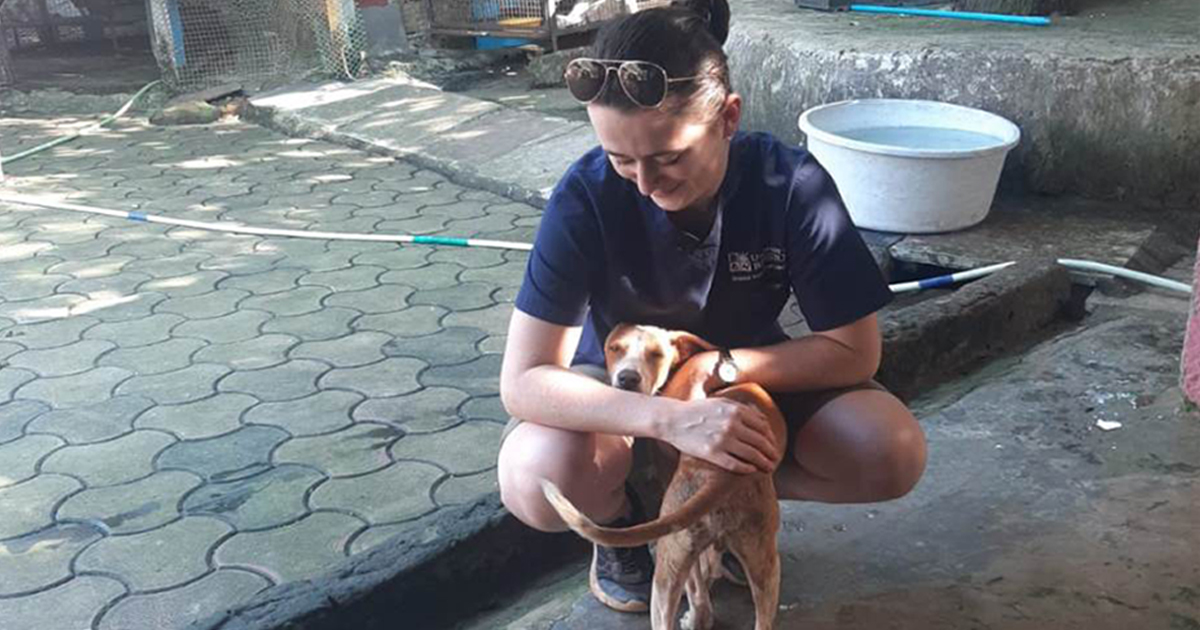

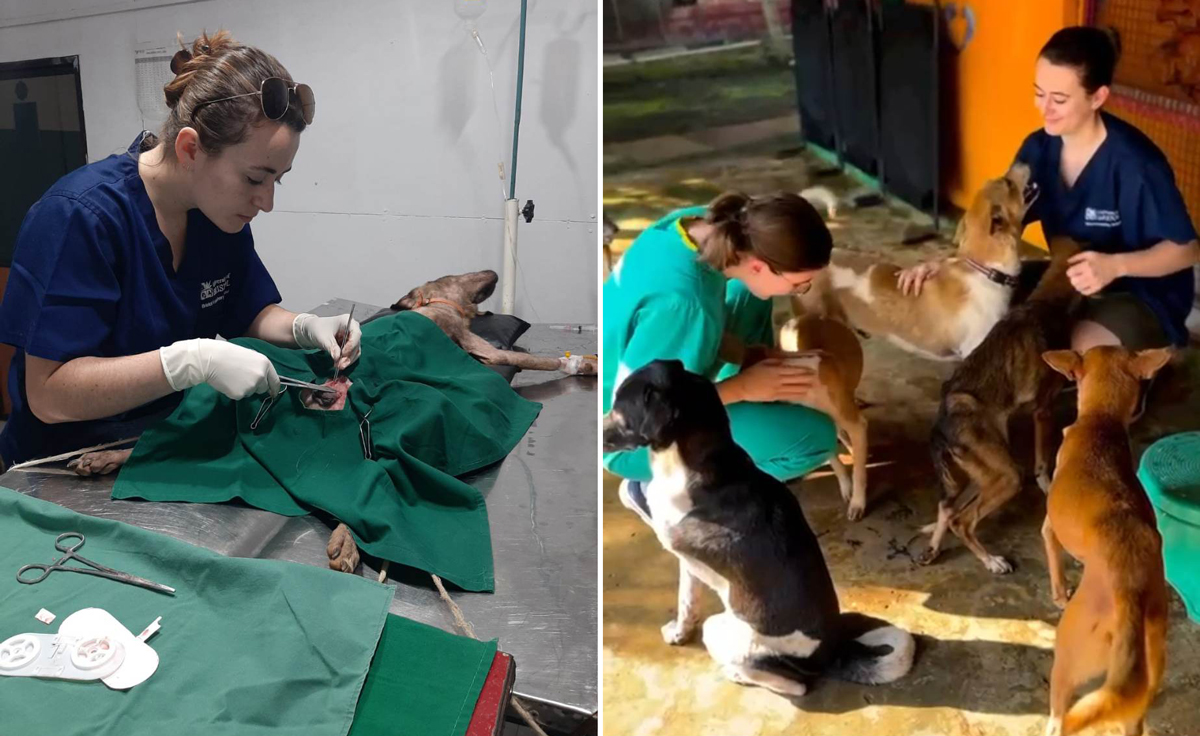
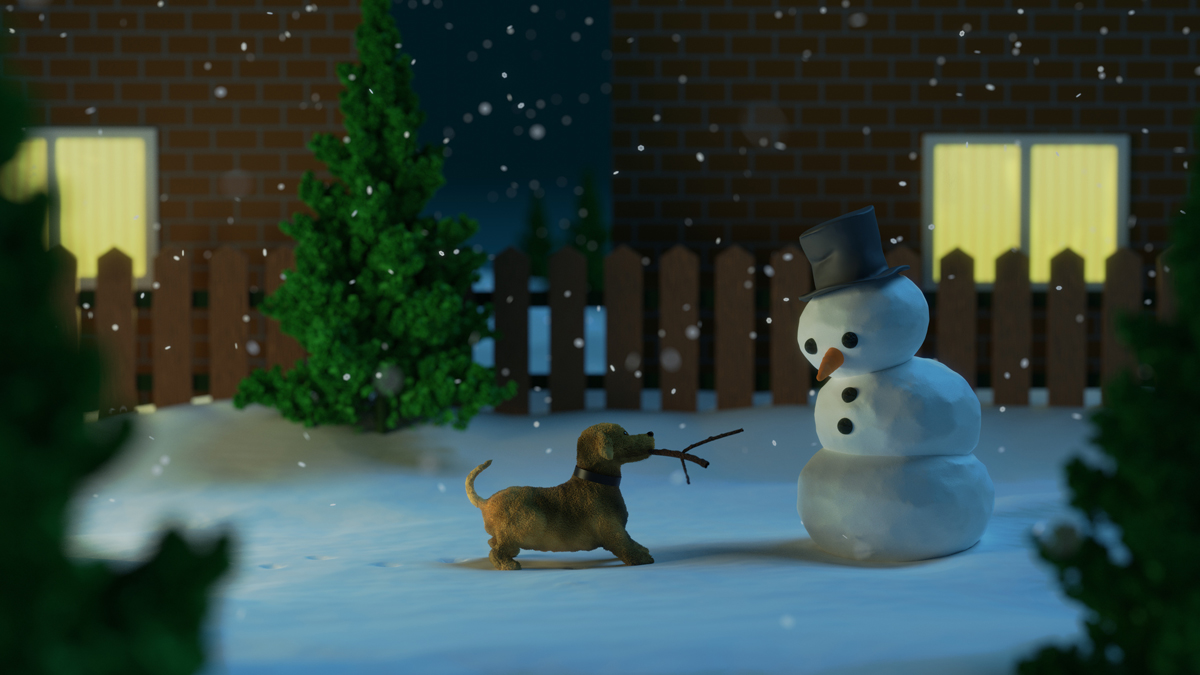
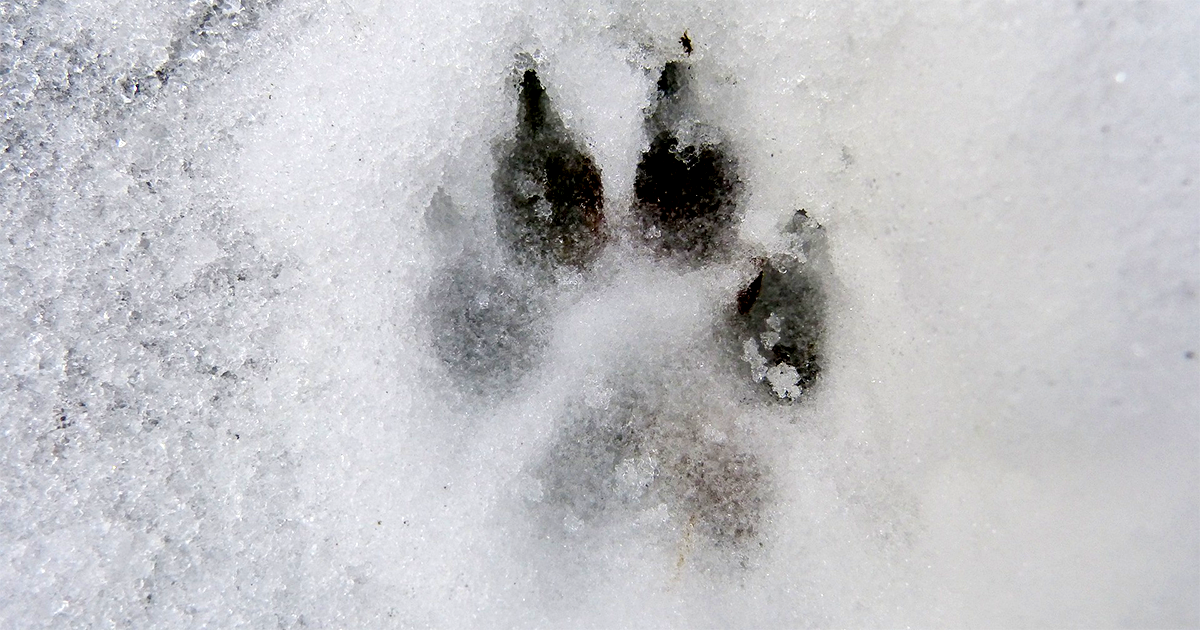
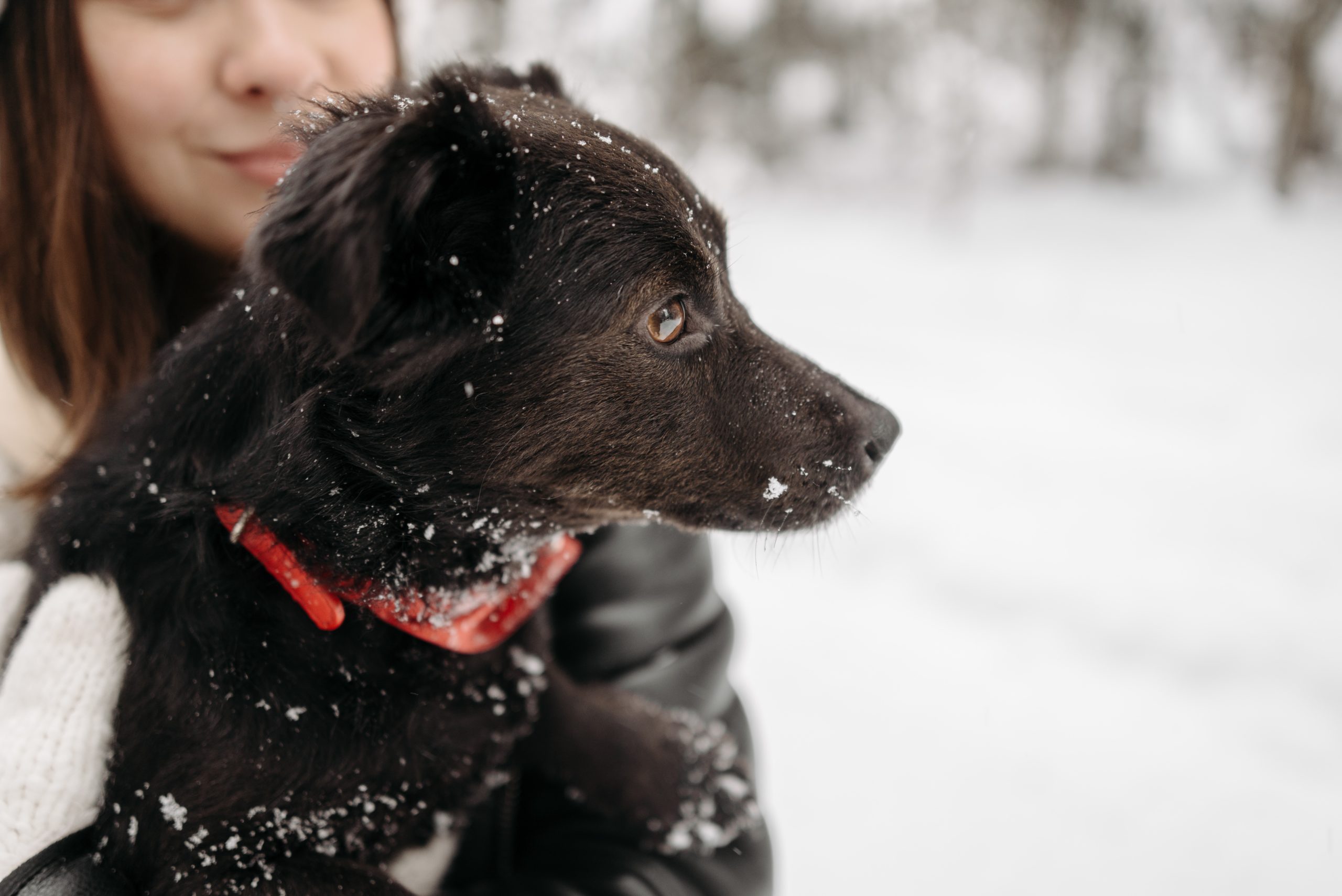
 Depending on whether you have a chihuahua or an active collie, your animal’s dietary needs likely range from around 150 to 600 calories a day. If the average sausage is around 200 calories, you can see how things can quickly add up. Obesity is one of the leading causes of disease in our animals, and it’s so easily preventable.
Depending on whether you have a chihuahua or an active collie, your animal’s dietary needs likely range from around 150 to 600 calories a day. If the average sausage is around 200 calories, you can see how things can quickly add up. Obesity is one of the leading causes of disease in our animals, and it’s so easily preventable.
